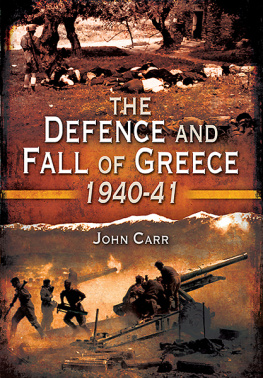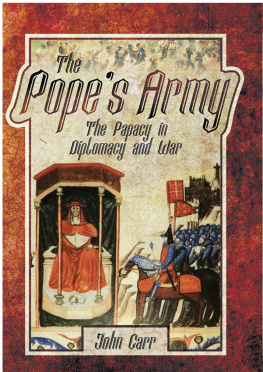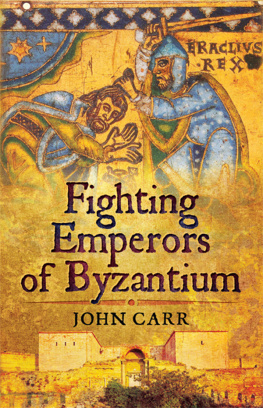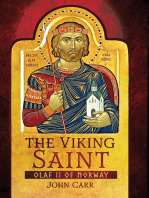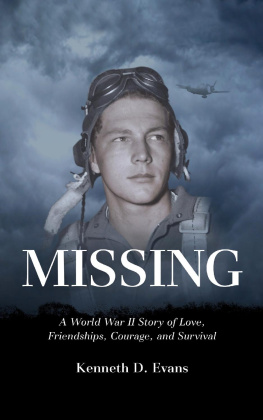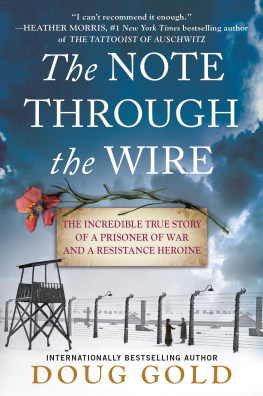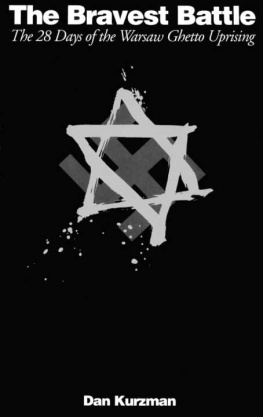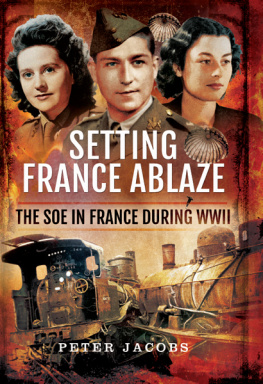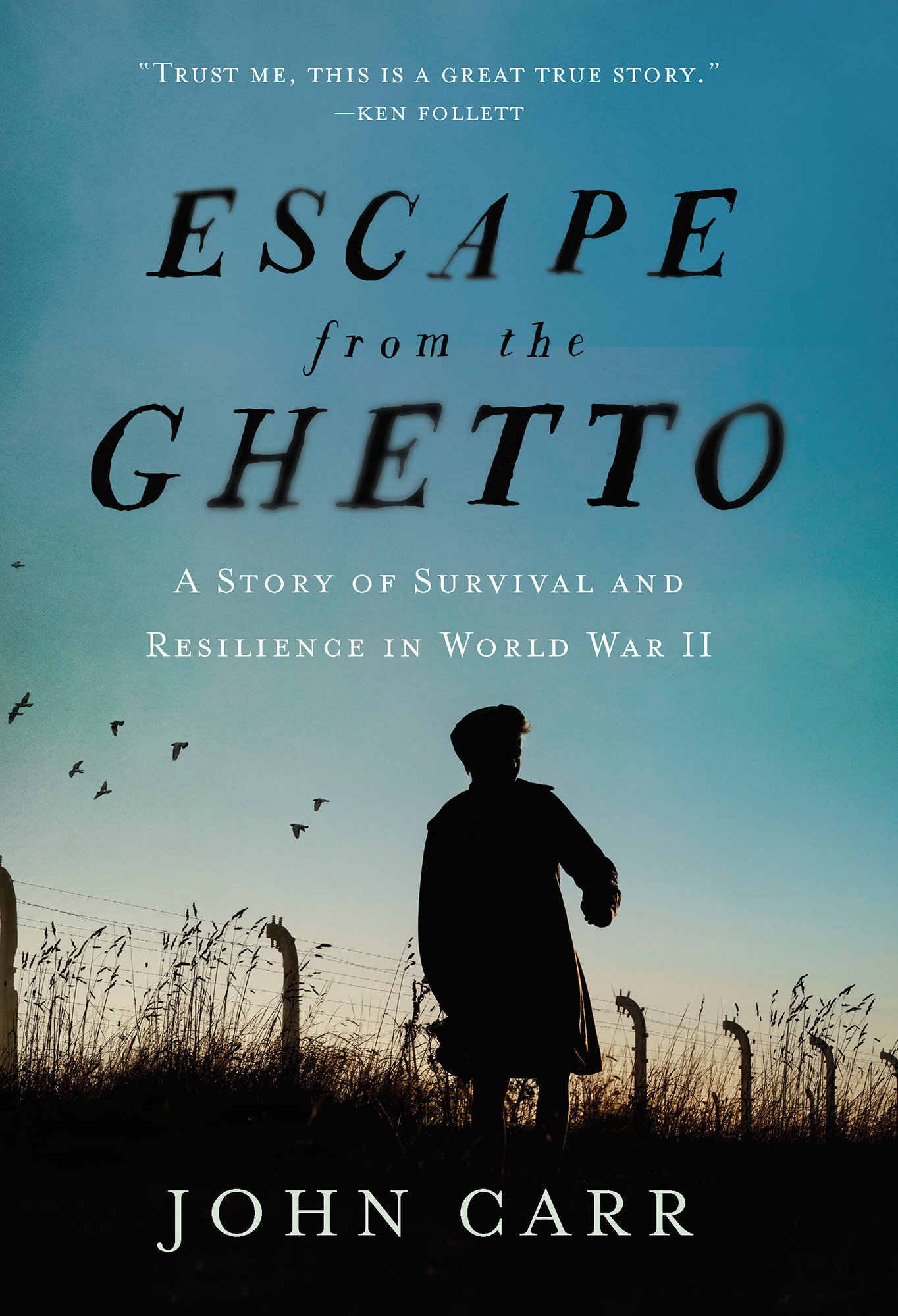Trust me, this is a great true story.

Henry Carr in a kilt
ESCAPE FROM THE GHETTO
Pegasus Books, Ltd.
148 West 37th Street, 13th Floor
New York, NY 10018
Copyright 2022 by John Carr
First Pegasus Books cloth edition April 2022
Interior design by Maria Fernandez
Front cover image Stephen Mulcahey/Arcangel
Jacket design Studio Gearbox
All rights reserved. No part of this book may be reproduced in whole or in part without written permission from the publisher, except by reviewers who may quote brief excerpts in connection with a review in a newspaper, magazine, or electronic publication; nor may any part of this book be reproduced, stored in a retrieval system, or transmitted in any form or by any means electronic, mechanical, photocopying, recording, or other, without written permission from the publisher.
ISBN: 978-1-64313-885-5
Ebook ISBN: 978-1-64313-886-2
Distributed by Simon & Schuster
www.pegasusbooks.com
For Glenys Thornton
Authors Note
This book is written as far as possible in my fathers own words, drawn from many hours of tape-recorded conversations and transcribed interviews which took place over many years. Haltingly at first, Dad eventually told me a full account of how he survived his extraordinary war years. I then set out to corroborate as much of it as I could through extensive additional interviews and research.
A key eye-witness to the seminal event, the escape itself, was his cousin Heniek. So in that spirit I have let him start the story. Heniek was in my dads gang. Unprompted and unsolicited, while we were both in the offices of the Jewish community in Lodz, Henieks description of that day at the ghetto perimeter was almost identical to my fathers account of how this scarcely believable adventure began. It was key to spurring me to investigate my fathers story further.
Either on tape or in contemporary or near contemporary notes, I recorded everything Dad told me about his life and conditions in Poland before the war, about this journey away from there and finally what happened after he reached England, right up to the time of the divorce. Is every single word in this book exactly as he relayed it to me? No, it is not. For one thing, Dad could not remember the names of everyone he met en route. I had to give them names. The dialogue between the individuals who appear in the book reflects the content of conversations Dad recalled having, but the language is mine. However, all the key events I have described are events Dad remembered. If there is a gloss, it is the gloss of interpretation.
John Carr
Part One Heniek
I
There were three of us. We were a team. A gang. A tight clique. Not a band of brothers, but a band of two brothers with a cousin thrown in. Our mothers were sisters.
Chaim and Israel Herszman (pronounced Hershman) were the brothers. I was the cousin. My full Jewish name was Avrum-Hersh Lewkowicz, but at the time almost everyone who knew me, Jew and Christian, family, friend or foe, called me by my given Polish tag, which was Heniek. Srulek was the popular form of lsraels name, but Chaim, well, he was always Chaim, so thats easy enough.
We lived in western Poland, in Lodz, then the countrys second city, a grimy, factory-filled, polyglot textile town frequently referred to as the Manchester of Poland. Some thought that a little unkind to Manchester. Lodz was not too far from the border with Germany. Not far enough as it turned out. On 1 September 1939, the German Army crossed the Polish border at multiple points, Danzig was attacked, and the Second World War was underway. Seven days later, an enormous swastika flew over Lodz town hall.
Up until just before the war started, the Lewkowicz and Herszman families lived in the same house, at 15 Zagajnikowa (pronounced Zaganicova). We lived there longer than anywhere else I can remember. Consequently, in the intervening years, whenever I thought about Poland, which was not often, this is the place that came to mind as home. It was a mixed house in a mixed neighbourhood that is to say, a house of twelve flats inhabited by Jews and Catholics, in a neighbourhood where Jews, Catholics and who knew what else lived cheek by jowl.
Number 15 was a large, visibly dilapidated two-storey building owned by Mirla Blumowicz, formerly Cendrowicz, our mothers mother, my grandma. A widow since 1902, she had been married to Nachman Blumowicz, an enterprising man who had established a portfolio of properties and businesses that allowed Mirla to live comfortably on the income they generated.
Mirla let her daughters and their families live at number 15 rent free. Mind you, it wasnt easy to find anybody, family member or no, willing to hand over money for the privilege of being there. In fact, a few months before the war started the municipal authorities in Lodz said number 15 had to be abandoned because it was no longer fit for human habitation. Everyone had to move out. I believe most of the tenants, including us, ended up in places also owned by Grandma. The majority went to Baluty, the district at the heart of the citys main Jewish quarter, about three kilometres from Zagajnikowa. The Herszmans got a flat on Wawelska, and we were not that far away on Zielna.
Mirla also lived on Zagajnikowa but in another house she owned further down the street. She stayed put for a while after we all left number 15. Finally, when the war started, she came to stay with us in Baluty. Mirlas somewhat diminutive stature belied a giant rasping tongue, as sharp as a crocodiles teeth. Her nickname was Beelzebubska. This was meant affectionately, usually, and owed much to the fact that whatever was on her mind she just said it out loud and with no obvious attempt to spare the feelings of the listener, adult or child, rich man or poor. The concept of sugar-coating and Grandma were on permanently divergent paths.
The Lewkowicz family consisted of my dad Moishe, my mum Liba-Sura, big brother Yehuda, little sister Rutka and, of course, me, making five in total. We were on the ground floor at number 15. The Herszmans were in the flat immediately above us. The grown-ups in the Herszman family were Uncle Chil and Aunt Chaja-Sura and, with a final tally of six children, they were a noisy bunch. Im sorry, but even at the time I could never remember the names of all the Herszman offspring. There were three girls. Nathan, Chaim and Srulek, the boys, were the ones I knocked about with, played football with and did all the other things that were truly important in our lives.
Among the youngsters in our neighbourhood, Chaim, Srulek and I were known collectively as the Holy Trinity. This name was the invention of Cesek Karbowski, a Catholic boy who was a great friend of Chaims. The Karbowskis also lived at number 15. Cesek had been present one day when the three of us, the cousins, were discussing whether or not we should adopt a name and, if so, what it might be. Cesek said the Holy Trinity was the obvious choice, and when he explained what it meant to the majority Catholic population of Poland, the irony of three little Jews using such a revered Catholic concept to refer to themselves was completely and instantly irresistible. It stuck. Mind you, if I ever referred to the existence or activities of the Holy Trinity by name in the presence of my parents, a vigorous shellacking would usually swiftly follow. They didnt get the joke or, if they did, they emphatically did not like it.




